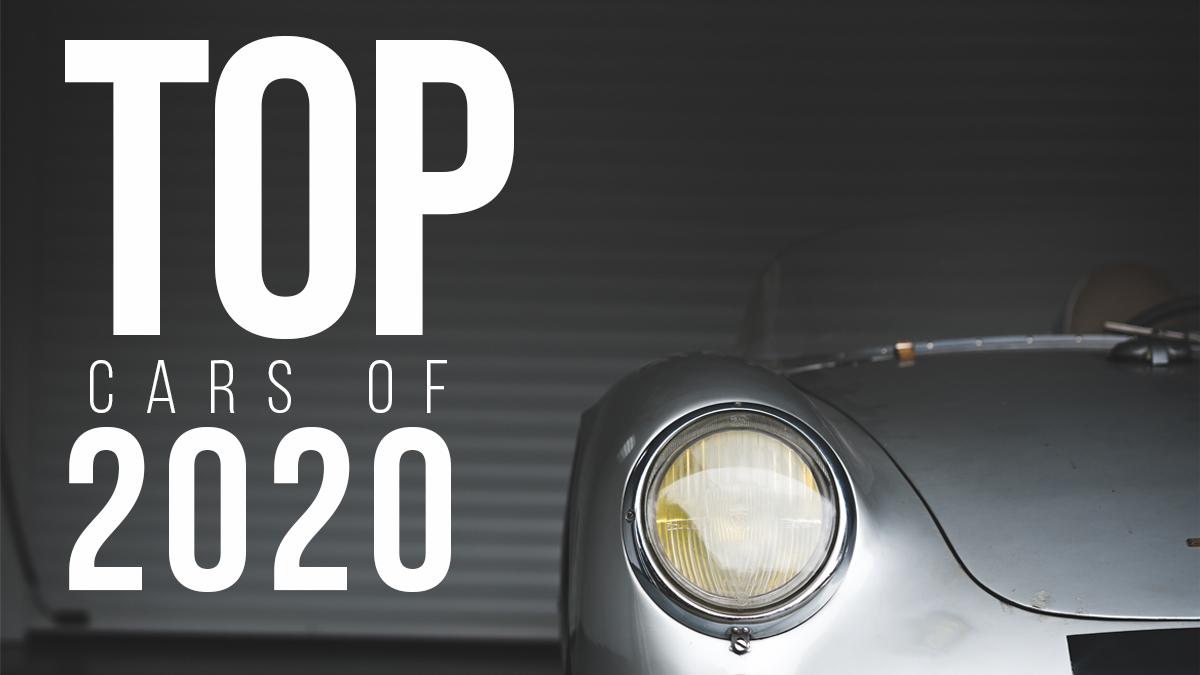5. 1966 Porsche 906-127
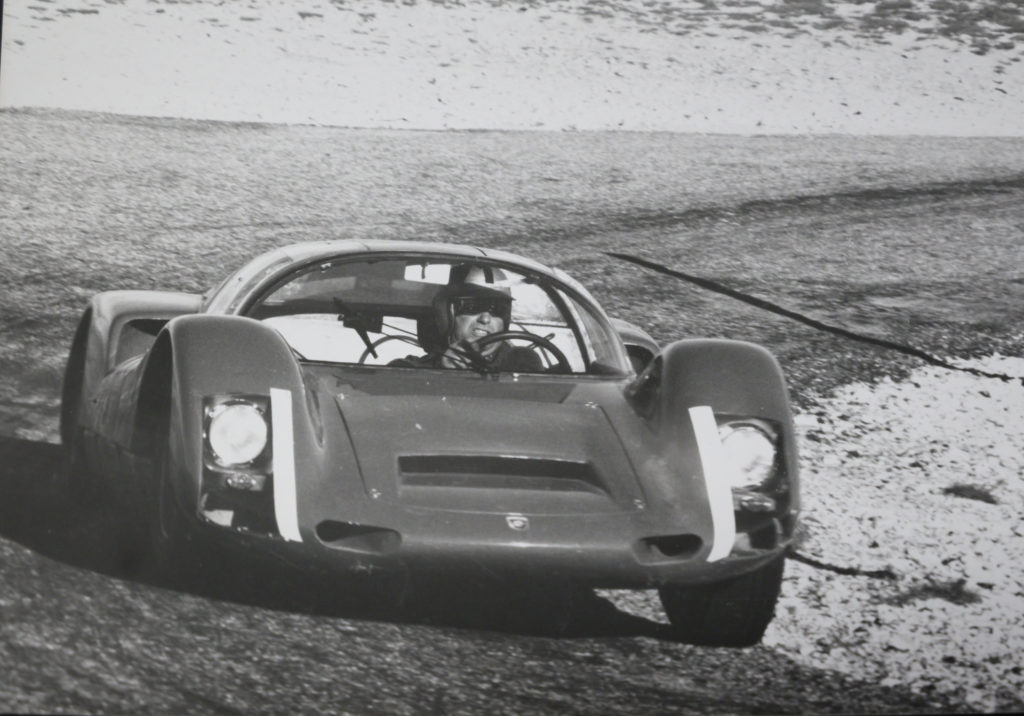
Josef “Sepp” Greger was born in Scheyern, Germany in 1915 and made his lifelong dream to become a racer a reality in 1950. He competed in rallies throughout Germany and Europe with a Volkswagen Beetle, eventually making his way to the Rallye Monte Carlo. He observed that many of the decisive stints were the ones driven in the mountains, so he narrowed his focus to compete in hillclimb competitions. Nevertheless, he found success in endurance racing in a number of the most challenging races of all time- including the Mille Miglia, the Nurburgring 1000KM, Monza, Hockenheimring, and even made his way overseas to compete in the 24 Hours of Daytona and 12 Hours of Sebring in the United States. Sepp also ran a Volkswagen and Porsche dealership, so the natural transition was to move from his Volkswagen Beetle into a Porsche as his next race car.
Over the course of Sepp’s lengthy 38 year long career, he won the European Hillclimb Championship not once, but three times, came in as the runner-up in the European Hillclimb Championship three times and was crowned the German Hillclimb champion three times. In total, Sepp claimed 236 victories and finished on the podium 380 times. Like Piëch’s lightweight race cars, racers like Sepp were a force to be reckoned with.
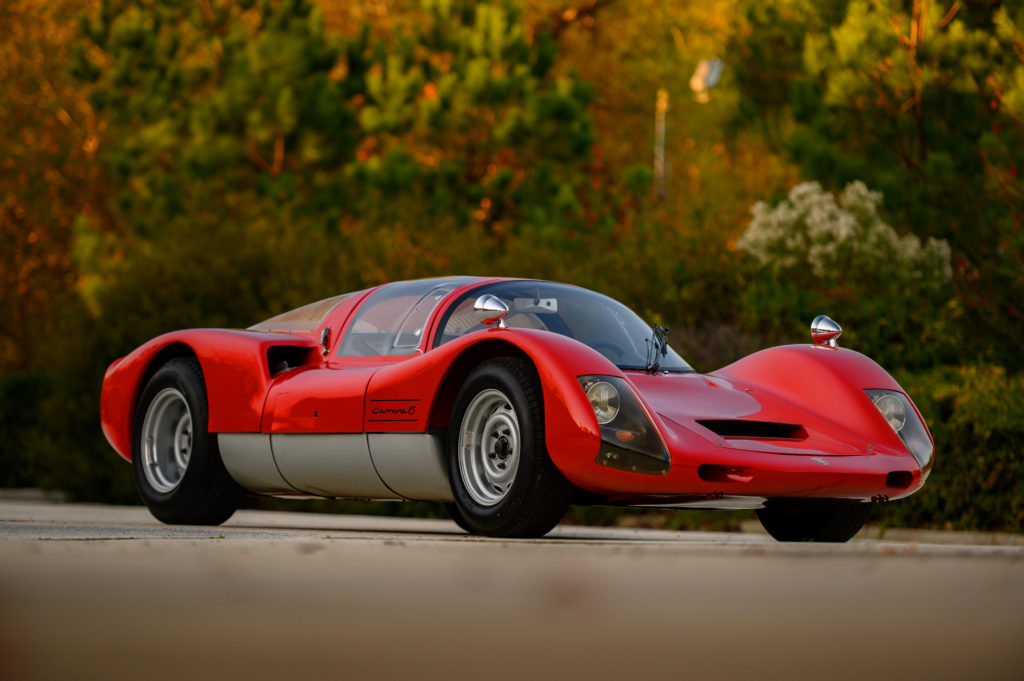
4. 1966 Porsche 906-115
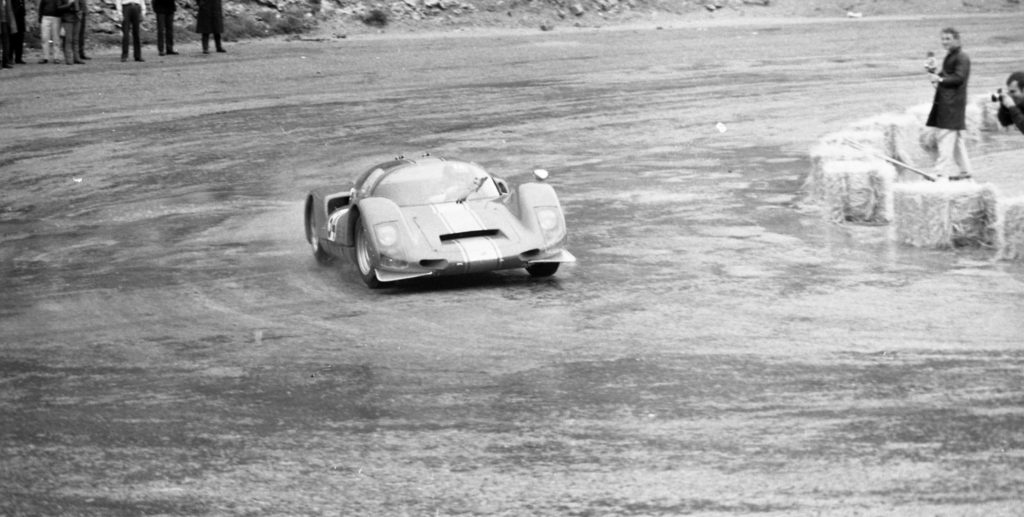
Chassis 906-115 was delivered to its first owner, also in Italy, Mr. Ermanno Spazzapan. Alongside 906-110, he competed in the major Italian Hillclimb events. He claimed an outright victory at Antignano-Monte Burrone, second overall at Vittorio Veneto-Consoglio, and claimed strong class results at the remaining eight races entered. It was raced under Antonio Zadra throughout the 1967 season, who competed at numerous Hillclimb races, rounds of the European Championship, and international circuit races. 906-115 changed hands a few times over the years, each time to collectors and enthusiasts who continued to care for the car and occasionally race them in historic racing events. It has competed at circuits including Donnington, Spa, Nürburgring, and Most.
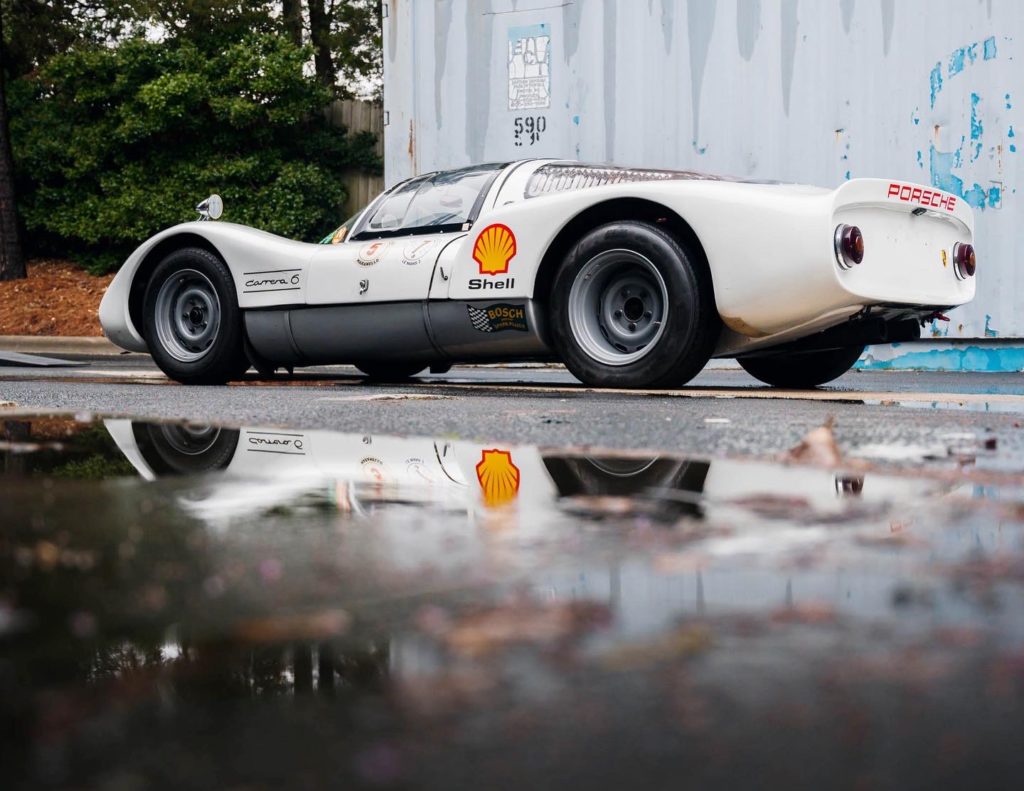
In 2001, it placed fourth in the historic Hillclimb St-Ursanne-Les-Rangiers with the son of Jo Siffert at the wheel. Today it’s a very well preserved example and its history is well documented.
3. 1964 Porsche 904-085
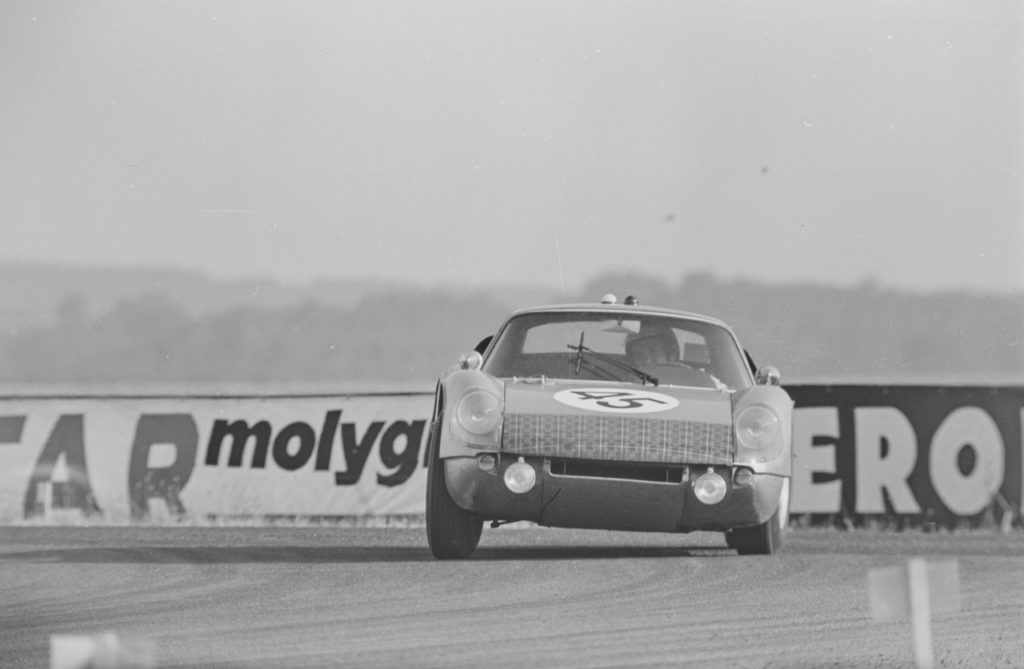
The 904 Carrera GTS ushered in a new era of Porsche race cars, being the first to use a complete fiberglass body bonded to a steel box-ladder section frame. Like the Abarth GTL, it was designed to be extremely lightweight and with a small front surface for optimal aerodynamics. From the plasticine model to the completed drivable car, the entire process took only four months.
The lightweight body and chassis paired with the potent Fuhrmann four-cam engine led the 904 to be a dominant force in competition, with over 145 overall victories at some of the most storied racetracks in history, and many first place finishes from races and rallies at the hands of privateers.
This chassis, 904-085, was first purchased by Don Moore of Don Moore Racing. Don partnered with well-known and accomplished gentleman racer Mike De Udly to race chassis 904-085 from 1964 to 1966.
In its first outing, Mike won third place overall at the Goodwood circuit in 904-085 at the 29th Royal Automobile Club International Tourist Trophy.
Mechanical issues prevented 904-085 from finishing at the punishing 1000km races at Monza and Nürburgring, but on July 4th, 1965, Mike De Udlly and Paul Hawkins drove in top form to finish first in class and sixth overall in 904-085 at the grueling 12hrs of Reims. Shortly after, he claimed a fifth overall result during the German Sports Car Championship at Solitude.
On November 6th, 1965, after 291 laps and 1,192 kms around the fabled Formula One track, Mike De Udly finished 4th overall and 1st in class at the 9hrs of Kyalami in South Africa.
For the last 15 years, chassis 085 has been off the radar in a private collection, and we are excited to unite it with its new owner and caretaker on the west coast.
2. 1964 Porsche 906-158
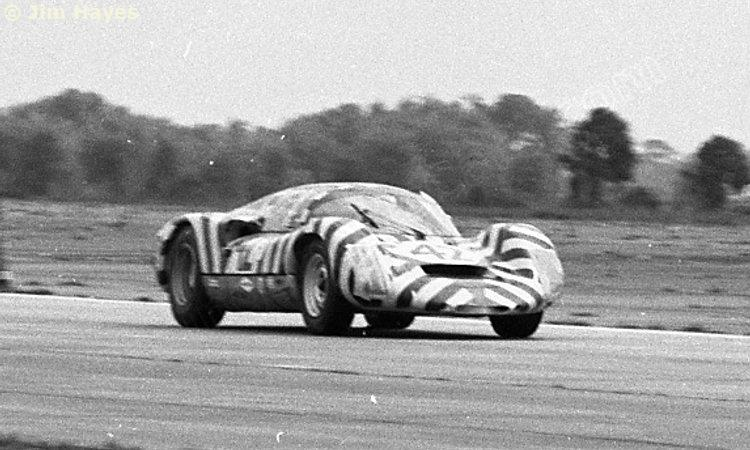
Porsche produced four 906 E models to compete in the 1967 Daytona and Sebring races while the 910 was undergoing development. The “E” stands for Einspritzrung; the german term for fuel injection.
Bosch mechanical fuel injection wasn’t the only modification the 906 Es received. The bodywork was revised to include double headlights, a longer nose with openings to channel air to the larger oil cooler, a shortened rear overhang, and several titanium suspension components.
Ed Hugus purchased 906-158 from the factory after it sustained some damage during competition at Daytona. Ed had the damage repaired and repainted the car in the black and yellow striped paint scheme which earned it the nickname of “El Tigre” while successfully racing throughout South America under Armando Capriles-its third owner. In “El Tigre”, he won the Bolivarian Championship in 1967 and returned to Sebring 12 Hours in 1969 and 1969, taking 10th overall and 3rd in the 2-liter prototype class.
1. 1956 Porsche 550a-0142
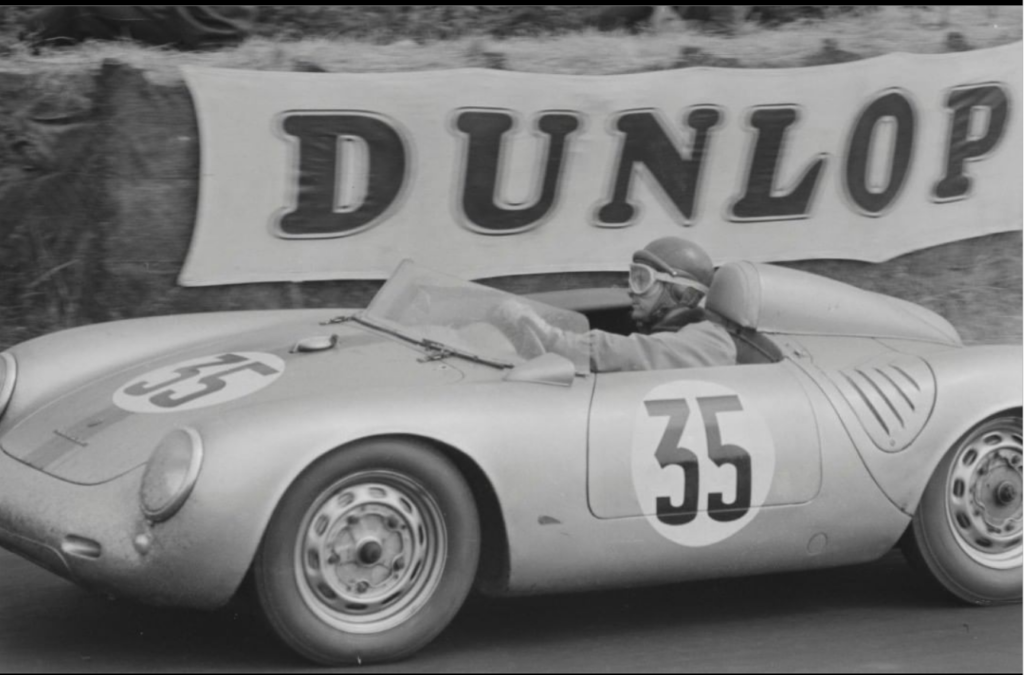
The 550 Spyder was Porsche’s first attempt at building a dedicated competition car. It’s light weight and powerful 1.5 liter four-cam engine proved to be a recipe for success, claiming victories against larger, more powerful race cars and earning itself the reputation of being the “giant killer”. While the 550 was an excellent car, its design left room for improvement. Specifically, the ladder frame construction was heavier than it needed to be, and the swing arm rear suspension was occasionally unpredictable while handling at the limit.
Porsche produced 90 550 Spyders between 1953 and 1956 before replacing it with the 550A Spyder. Porsche ditched the ladder frame design in favor of the company’s first space frame chassis, which was both lighter and stiffer than the former. The swing arm suspension was replaced by a torsion bar suspension with trailing arms which offered more forgiving and predictable handling at the limits. The 550A was lighter than its predecessor as well- the switch to the space frame chassis saved up to 95 pounds, and up to 60 pounds by lightening the aluminum body. The changes amounted to a much stronger competition car, and one which gave Porsche its first overall victory in a major international competition- the 1956 Targa Florio.
Chassis 550-0142 is one of just 40 produced between 1956 and 1958, and is one of the last built. It was delivered new to France’s famous Porsche importer Sonauto in January of 1958. That same year, it was entered in the 24 Hours of Le Mans and piloted by Jean Kerguen and co-driver Robert Lacaze as car number 34. It was Porsche’s 10th anniversary of building sports cars, and their entr consisted of three 718 RSKs entered by the factory and two 550A Spyders. Porsche finished with four of the five cars in the top ten positions with two in-class victories. The 718 RSK 1.6 of Jean Behra/Hans Herrmann took 3rd place (1st in 2-litre class), followed by the 718 RSK 1.5 of Edgar Barth/Paul Frère (1st in 1.5-litre class) and in 5th 550A Spyder driven by Carel Godin de Beaufort/Herbert Linge. Chassis 550-0142 took the tenth place position, passing and finishing ahead of one of the werks 718 RSKs.

